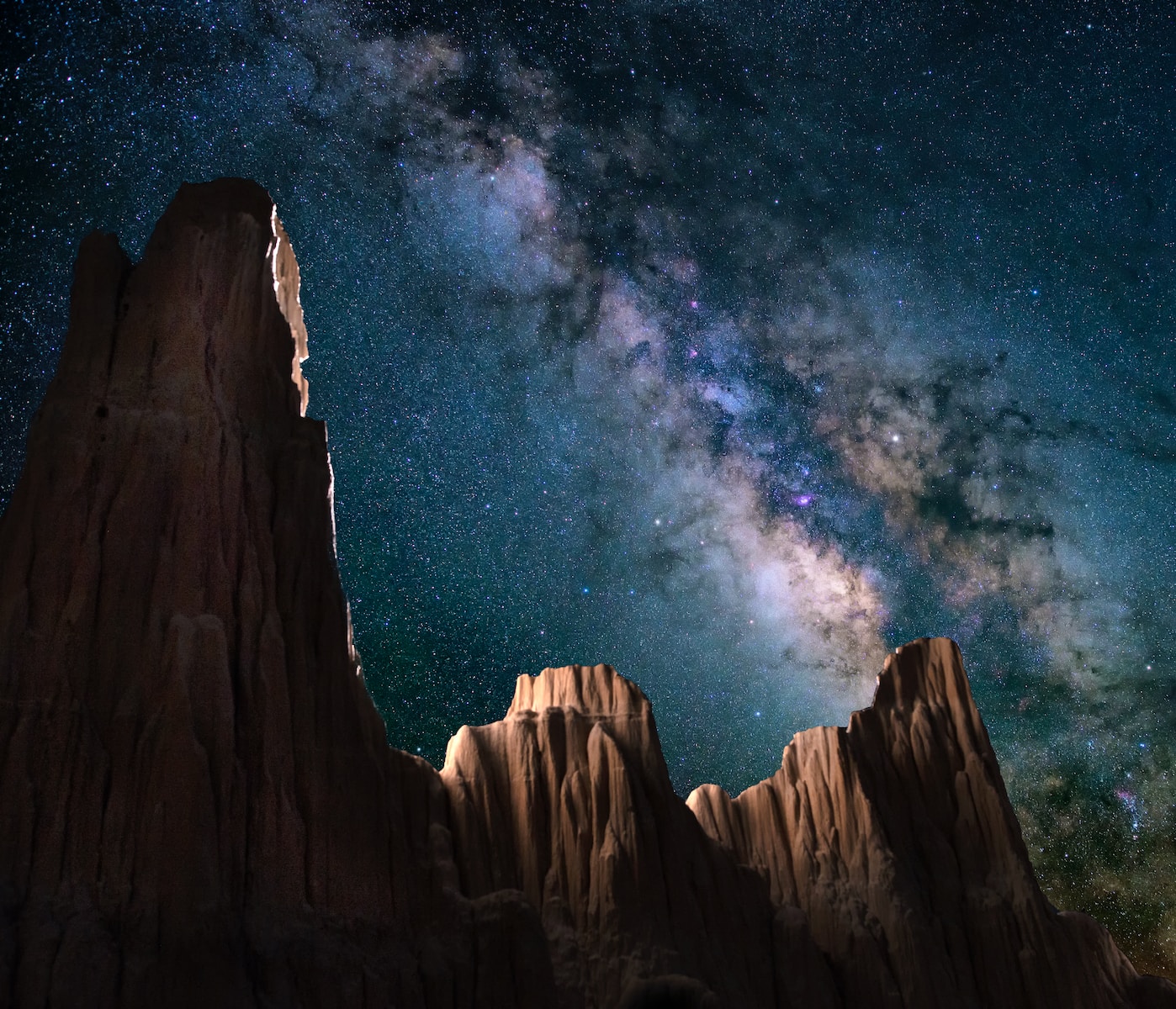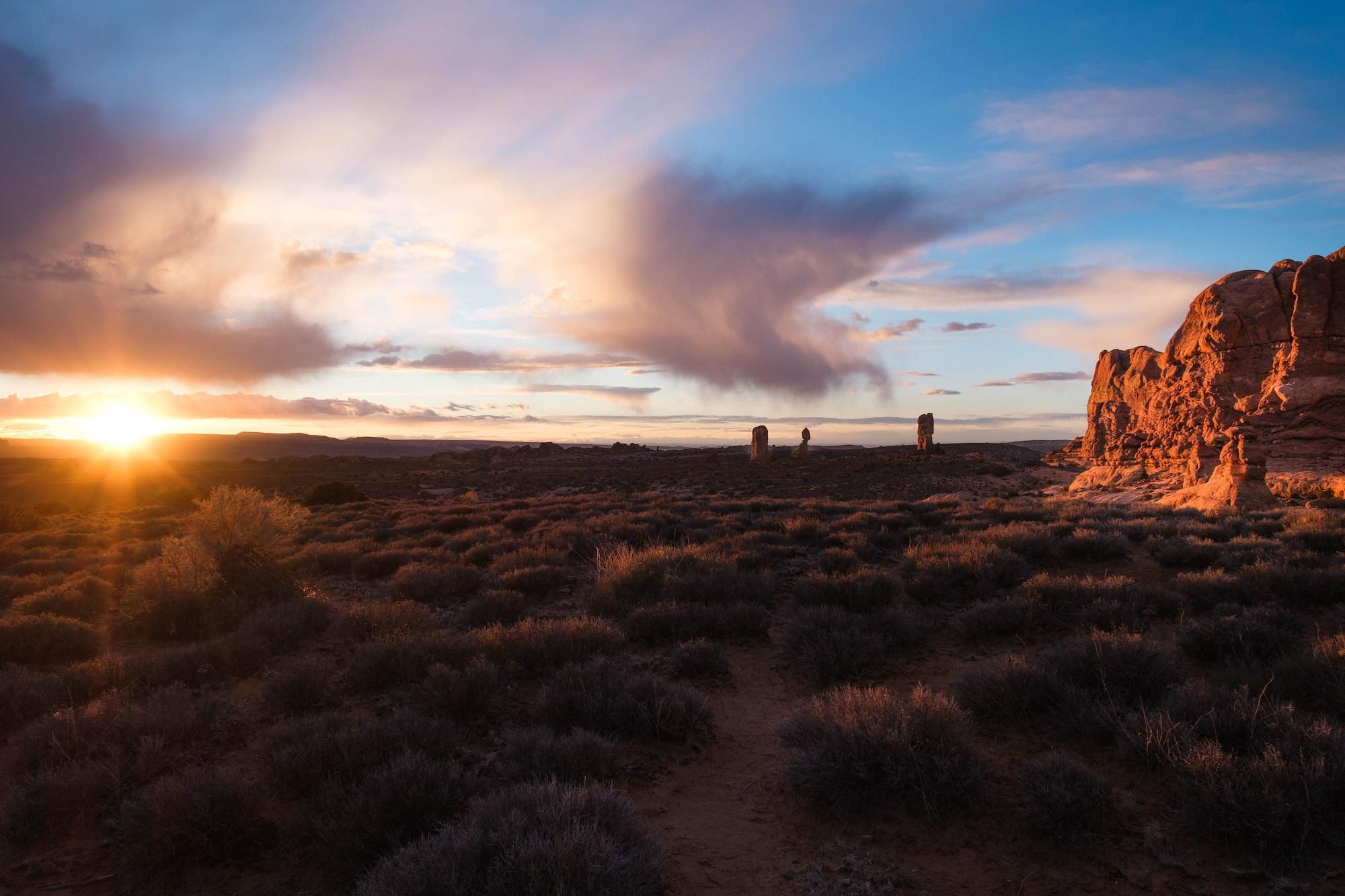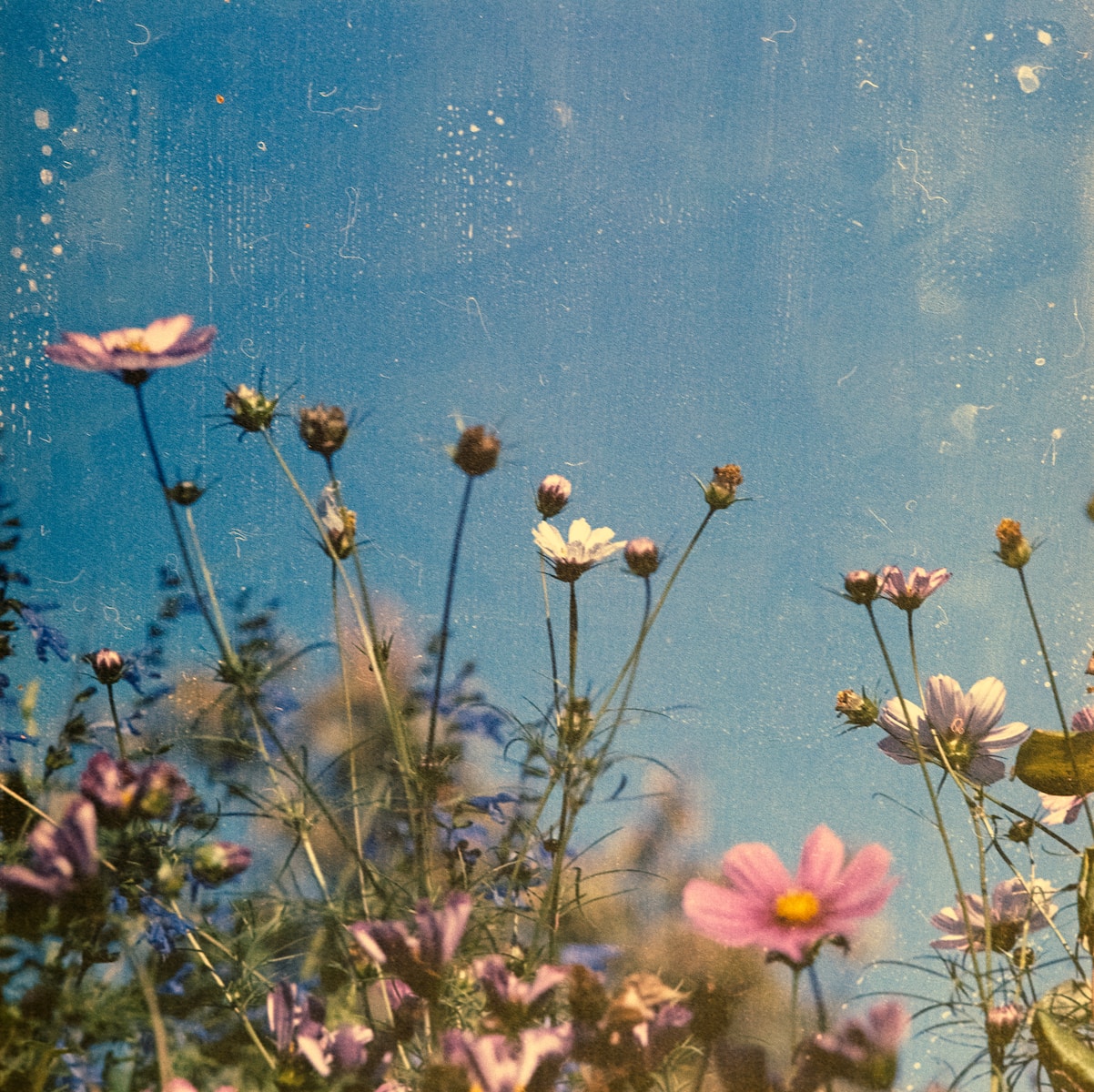Introduction
In the realm of photography, experimentation knows no bounds. The art form constantly evolves as photographers push the boundaries of conventional techniques, embracing new methods to create captivating and artistic images. Experimental photography is a realm where photographers delve into uncharted territories, exploring unconventional techniques such as double exposures, multiple exposures, and intentional camera movement. This article aims to shed light on the world of experimental photography, discussing how these techniques can be harnessed to unlock unique and extraordinary visual expressions.
- Double Exposures: Blending Realities
Double exposures are an intriguing technique that involves combining two or more images onto a single frame, creating a harmonious juxtaposition of elements. By overlapping various subjects, photographers can create ethereal and dreamlike compositions that transcend the boundaries of reality. This technique has been embraced by artists for decades, allowing them to convey narratives, emotions, and connections that go beyond traditional single-image photography. We’ll explore the technical aspects of double exposures, such as exposure control, subject selection, and creative approaches to achieve stunning results. - Multiple Exposures: Layers of Imagination
Similar to double exposures, multiple exposures enable photographers to overlay multiple images onto a single frame. However, unlike double exposures that blend images, multiple exposures preserve each individual image, resulting in layered compositions. By thoughtfully combining various subjects, photographers can create intricate and visually stimulating photographs that tell intricate stories. We’ll delve into the world of multiple exposures, discussing techniques, equipment considerations, and creative approaches to capturing captivating multiple exposure images. - Intentional Camera Movement: Painting with Light
Intentional camera movement (ICM) is a technique that involves intentionally moving the camera during exposure, resulting in blurred and abstract images. By embracing this technique, photographers can transform mundane scenes into visually dynamic and expressive artworks. ICM allows the photographer to break free from sharpness and capture the essence of motion and emotion. We’ll delve into the technical aspects of ICM, including camera settings, movement techniques, and how to use this technique to create evocative and impressionistic photographs. - Expanding the Limits: Beyond Double Exposures, Multiple Exposures, and ICM
While double exposures, multiple exposures, and intentional camera movement form the core of experimental photography, the possibilities are virtually limitless. Photographers continue to push boundaries, exploring new techniques and technologies to create awe-inspiring images. This section will touch upon additional experimental techniques such as light painting, alternative printing processes, and digital manipulation. We’ll discuss how these techniques offer photographers an expanded creative palette and how they can be incorporated to push the boundaries of artistic expression.
Conclusion
Experimental photography offers photographers an avenue to unleash their creativity, exploring unconventional techniques to capture unique and artistic images. Through double exposures, multiple exposures, intentional camera movement, and a myriad of other experimental approaches, photographers can transcend traditional boundaries and create visual masterpieces that challenge viewers’ perceptions. By pushing the limits of conventional photography, artists can discover new dimensions of creativity and expression. So, grab your camera, embrace experimentation, and embark on a journey where the only limit is your imagination. Let experimental photography be your conduit to artistic liberation and visual storytelling like never before.





